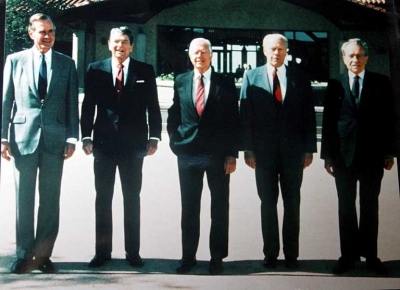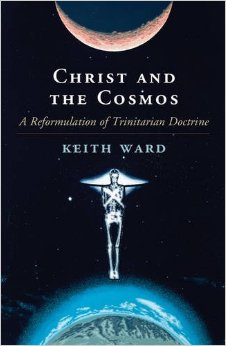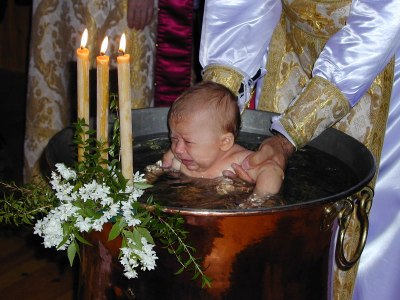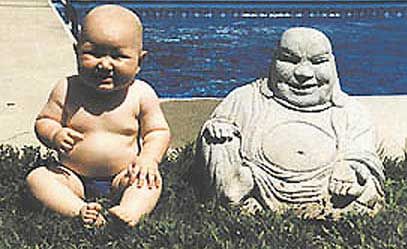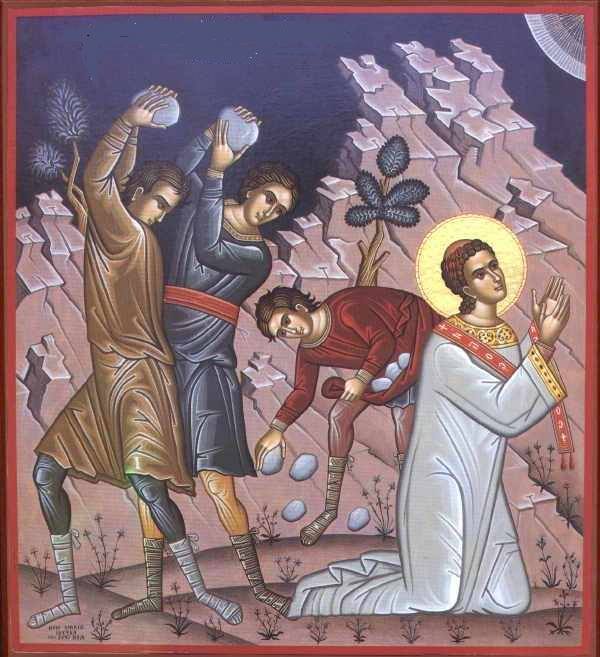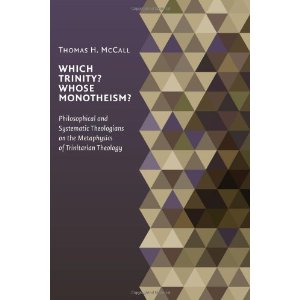What is this adequate Trinity theory called “Sabellianism”, according to Baber? It is what I’ve called serial, non-essential
FSH noumenal modalism – each “person” of the Trinty is a mode of God, a way God is during a period of time. None of these overlap (serial), they supervene on God’s intrinsic features (noumenal), and they are non-essential – if God hadn’t created, there would have been no time, and so no temporal parts to his life.
So the theory is that the one God is an everlasting self with three temporal parts, the Father (up to the time of the Incarnation?), the Son (during the earthly life of Jesus, ending at Pentecost?) and the Holy Spirit (Pentecost and after?). So the three “persons” of the Trinity are in fact person-stages of the one divine person/self, but they are also persons as well.
Following an ancient tradition of mocking modalists as “patripassians”, she seems to think the biggest or the main problem with modalism is that it identifies the Father and the Son. (pp. 1, 3) On her modalist theory, they are temporal parts (person-stages) of one being, but they are not numerically identical – they are different temporal parts of God. As she observes, on this theory, “There is… no time at while f=s.” (p. 3) Thus, her theory doesn’t identify any of the persons with one another, or with God for that matter.
Many metaphysicians, she knows, reject the theory of temporal parts, and the perdurance theory of how a thing can “last” through time.
But moving on, is this theory monotheistic? She urges,
All we need to capture the spirit of monotheism is the doctrine that at any time there is exactly one God. (3)
Huh? She draws an analogy with US Presidents; at any given time, there’s one one.
But imagine this:Read More »“Sabellianism Reconsidered” Considered – Part 2



